-
Welcome to Tacoma World!
You are currently viewing as a guest! To get full-access, you need to register for a FREE account.
As a registered member, you’ll be able to:- Participate in all Tacoma discussion topics
- Communicate privately with other Tacoma owners from around the world
- Post your own photos in our Members Gallery
- Access all special features of the site
How To: Fan Installation in Camper Shell
Discussion in 'Tonneau Covers, Caps and Shells' started by smorgasgeorge, Jul 21, 2018.


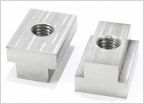 Shell / Side mount bike rack
Shell / Side mount bike rack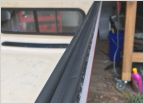 Cap seal
Cap seal Alu-Cab Contour as a Sleep-In Camper Shell?
Alu-Cab Contour as a Sleep-In Camper Shell?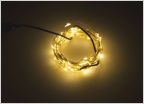 Bed light rewire with shell
Bed light rewire with shell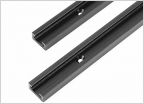 Using T-Track for a Topper Rack
Using T-Track for a Topper Rack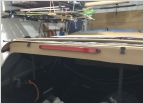 SoftTopper blocking 3rd brake-light. Solutions???
SoftTopper blocking 3rd brake-light. Solutions???













































































